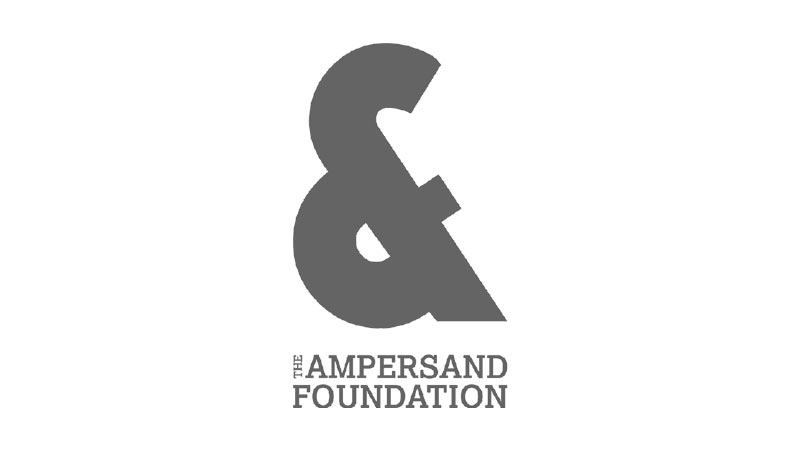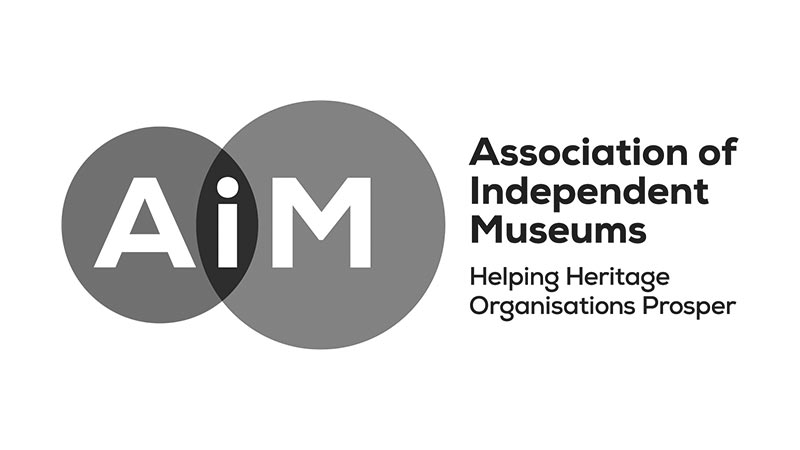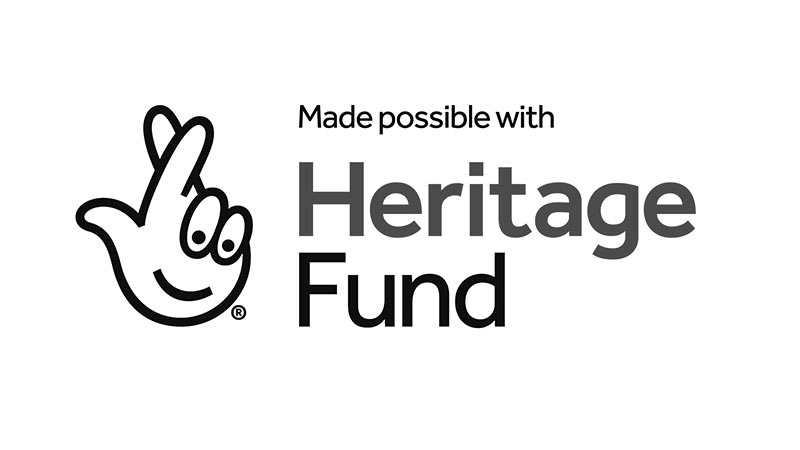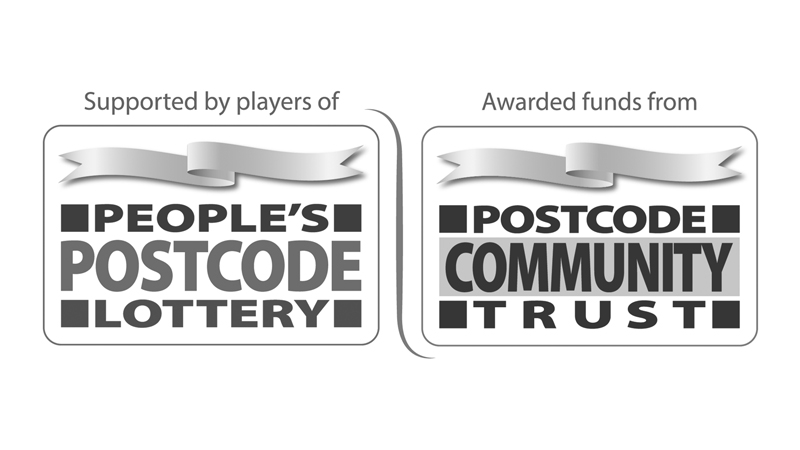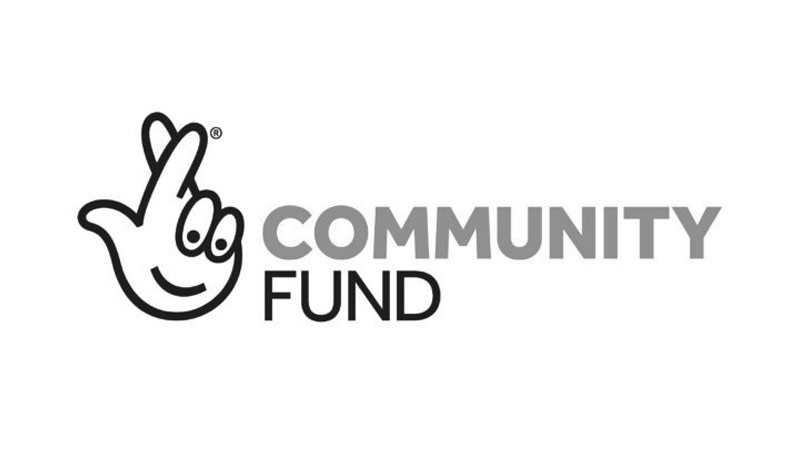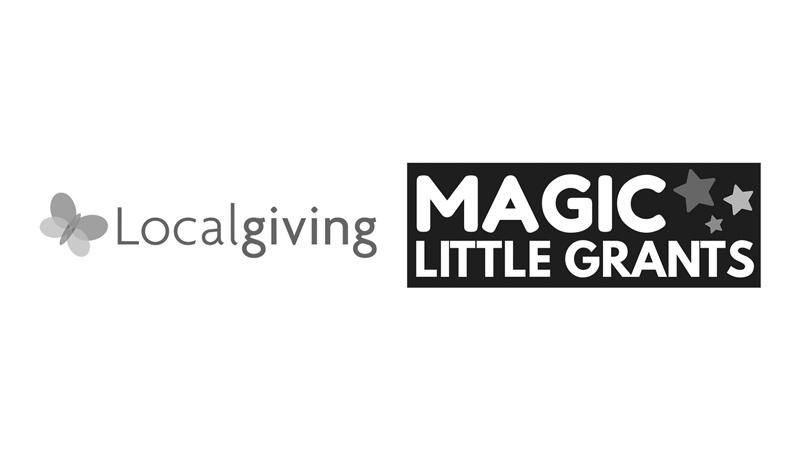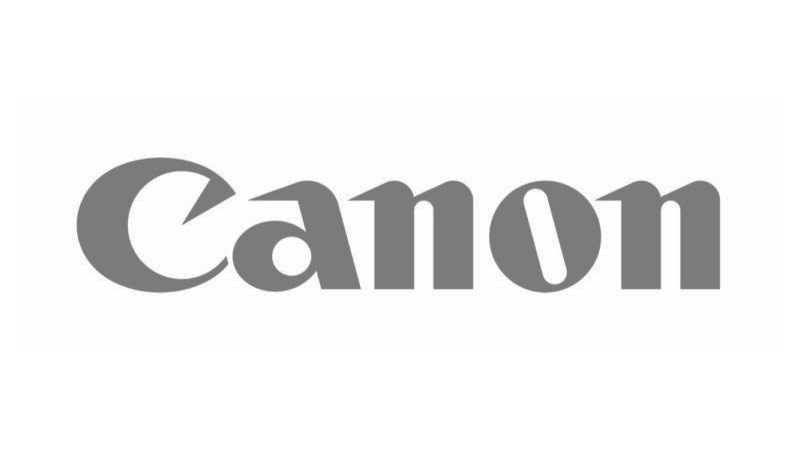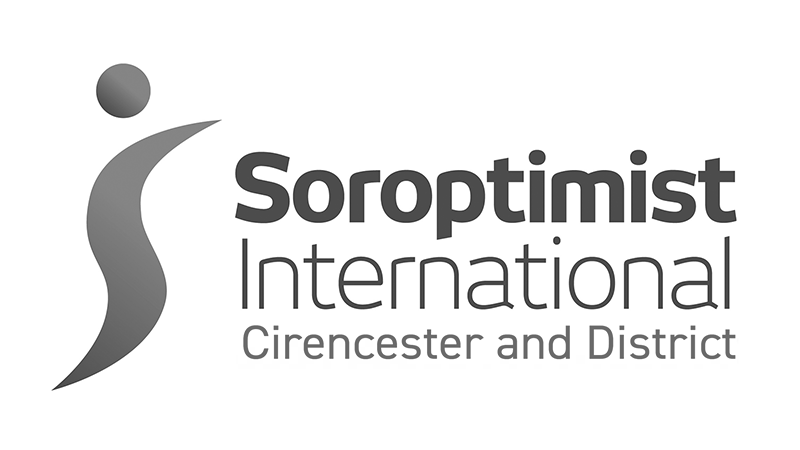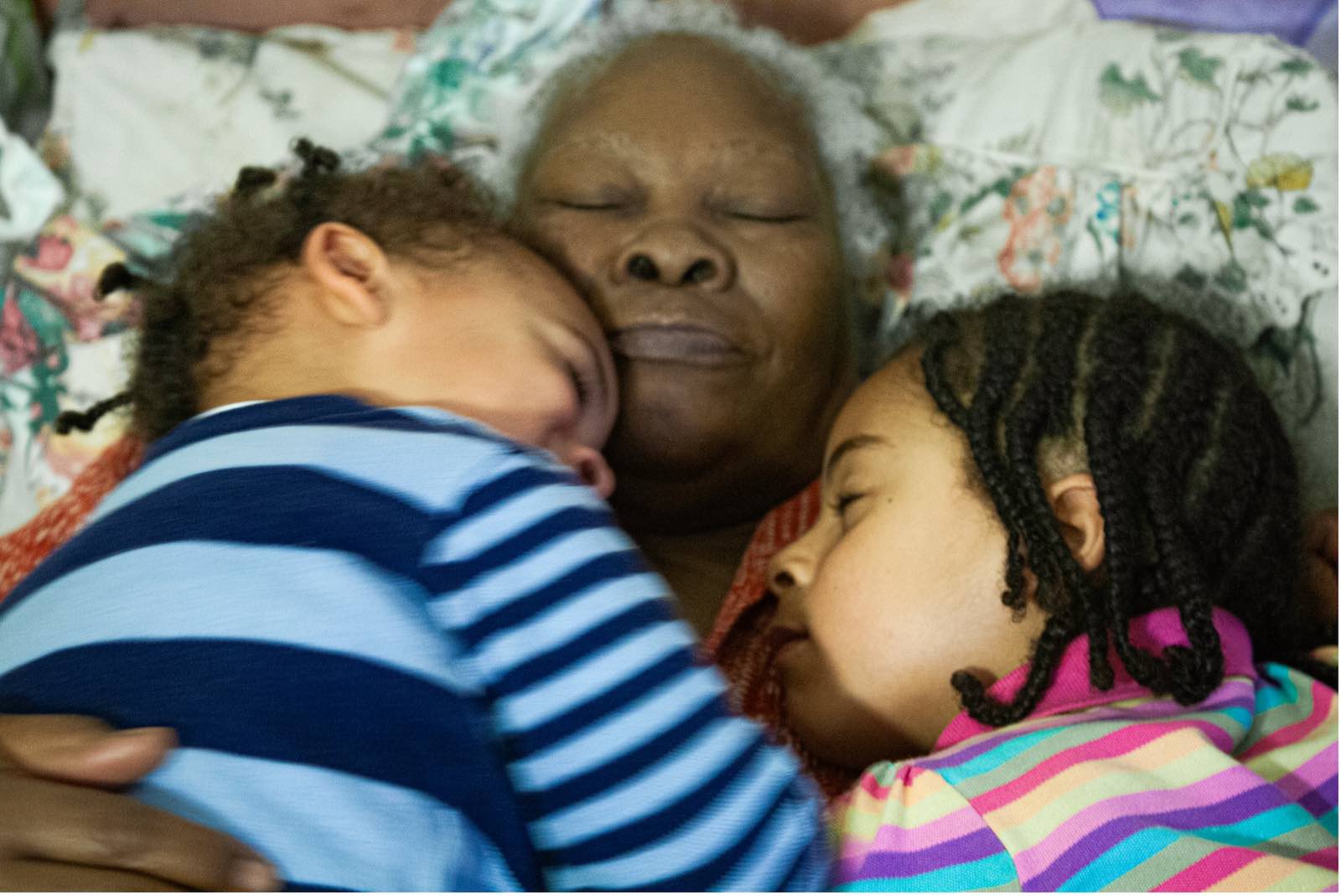
The Family Album, Digital Image, 2009, Marcia Michael
The Body as Archive: Marcia Michael’s The Family Album at Midlands Art Centre
Marcia Michael’s (b. 1973, London, UK) first major solo exhibition The Family Album is a loving dedication to her family and the history they share. Marcia subverts the idea of the archive, crafting a space in which sociocultural documentation meets the intimate. She locates a personal mode of archival practice in which her Black identity and Caribbean and African matrilineal heritage can be acknowledged and expressed with due love and attention. Writing of her series The Study of Kin, parts of which can be seen in the exhibition, Marcia states “As I could not find the images I searched for in the British archives of my family in the 19th century, when photography came into being, I made the images I wanted to see.”1 She describes the exhibition at MAC as “a massive love letter” to her family, a material expression of her “unconditional love for [her] family past, present and future”. Over the years, Marcia has sensitively photographed family members and in this exhibition has crafted a home in which their images can live and breathe together amongst new viewers. The work is at once gentle and assertive, generous and commanding. She welcomes new viewers into the fold, all the while declaring: here we were; here we are; here we will be.
The exhibition space echoes in part the setting of a family home, wallpapered in a distorted purple chintz of the artist’s own design and hung with small frames similar to those you might find in a family member’s living room. Upon encountering the photographs, they offer a viewer the intimacy of being in the same room as the faces gazing out. The images in the series The Family Album, some shown in the format of a physical album, offer the feeling that precious moments are generously and thoughtfully being made public. The image of an older woman clustered together with two young children, laying down on floral sheets, is a moving depiction of a tender relationship between generations. The three lay with their eyes shut, their shared gesture belying a sense of familial comfort and rest.
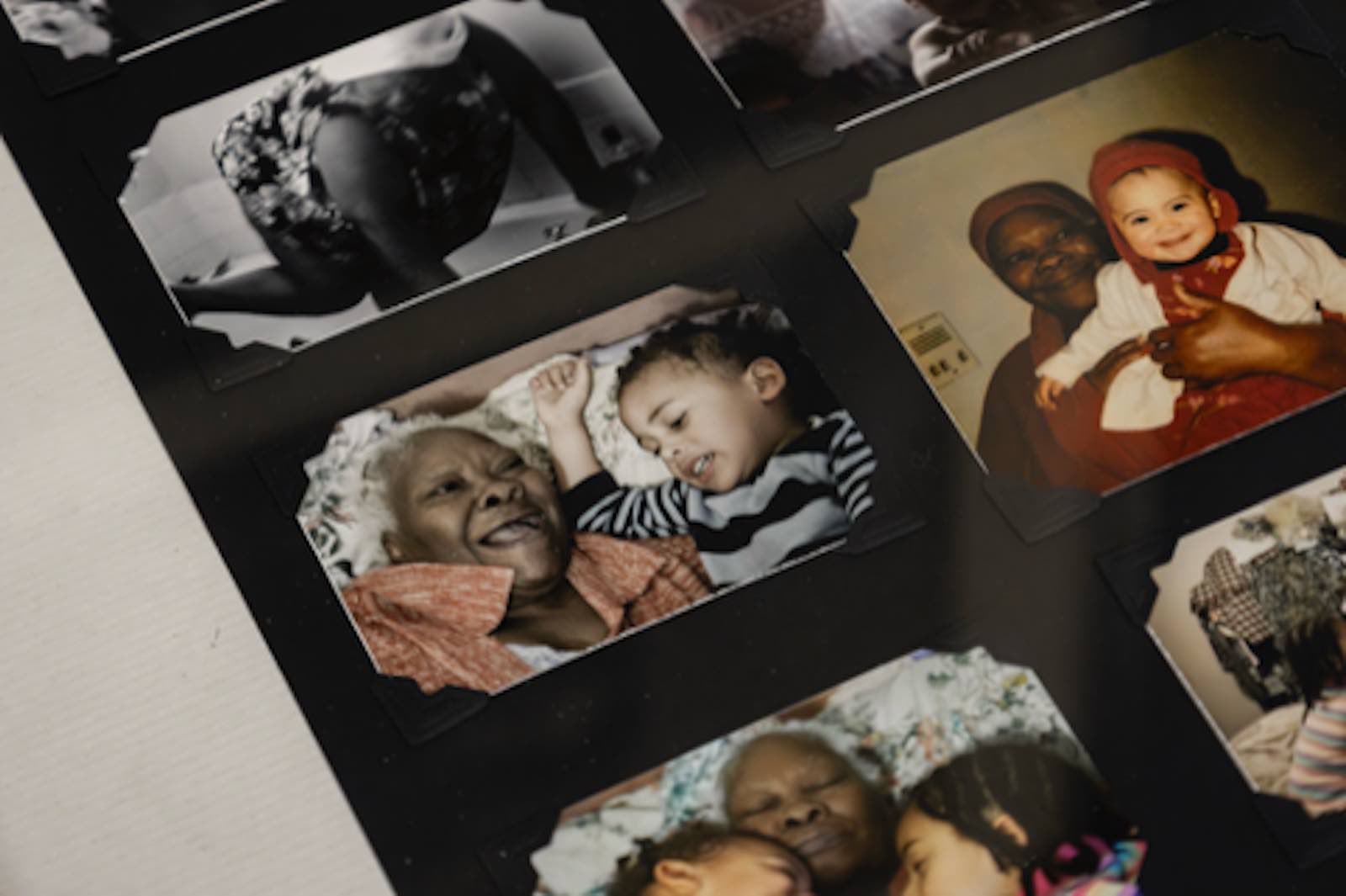
Marcia Michael, 'The Family Album', 2009. Giclee prints - archival pigment inks on baryta paper. Courtesy Midlands Arts Centre (2025), ©Tegen Kimbley
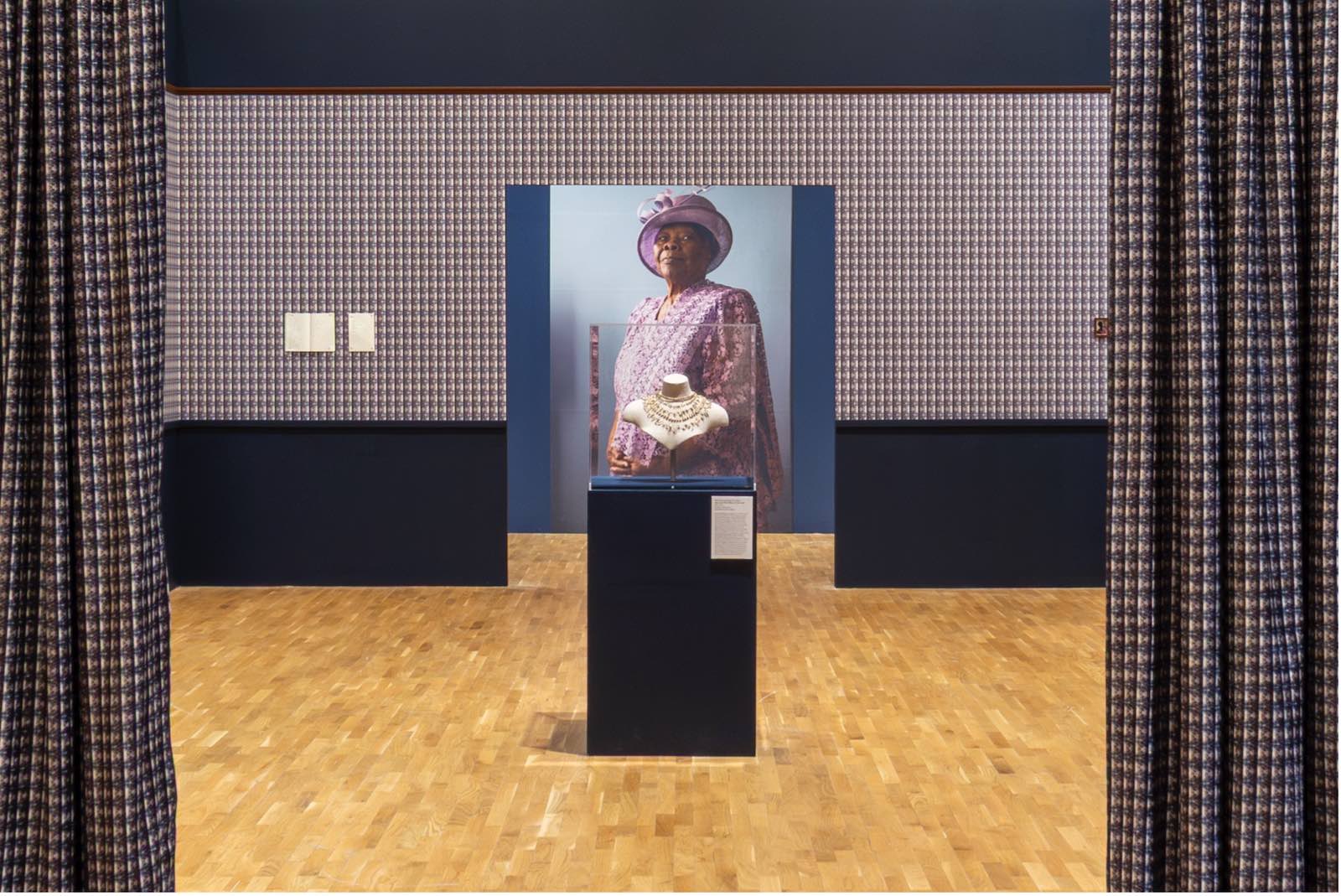
Marcia Michael, 'Archival Wallpaper', 2025. Constructed from ‘Alpha and Omega’, 2024. Courtesy Midlands Arts Centre (2025), ©Tegen Kimbley
Among the scattered frames are sculptures in varied media, including a bronze necklace commissioned by the MAC and clay heads, all placed in careful relationship with the photographs. The physicality of these works enact the invocation of the physical body which courses through the exhibition. The works collectively offer the idea that ancestral memory leaves physical traces on the body, from the folds in the clay sculptures to the folds in the bodies of the artist’s family seen in photographs.
Just out of the bounds of the semi-domestic space are larger-than-life prints of the women who can be found in the small frames. The photograph of the artist’s mother, titled Partus Sequitr Ventrem, stands largest. She is wearing a dress in rich pink-purple lace and a matching fascinator hat. The image plays with the format of an aristocratic portrait. She looks slightly down at the viewer, her chin is a little raised, the portrait is framed so that she sits solid and triangular in the centre of the image. This photograph is flanked by another, slightly smaller, which bears the same title. This image is a self-portrait, depicting the artist dressed in similar shades of purple to her mother. The light is low and shadowy, a window behind her can be seen through gauze. The two women stand almost back to back, reflecting each other’s gestures. There is an urgency in the eyes of the artist, and a knowing gaze in the eyes of her mother.

Marcia Michael, The Family Album exhibition, 2025. Courtesy The Midlands Art Centre. ©Tegen Kimbley
The phrase Partus Sequitr Ventrem means “the offspring follow the condition of the mother”, or literally translates as “that which is born follows the womb”. It refers to a legal principle passed in colonial Virginia in 1662 which ordered that the children of enslaved mothers remain enslaved themselves. This violent racist doctrine enacted by white colonialists contributed to the wider violence of slavery, and its effects are still felt in the fundamental racism present in the governments, systems and institutions that dominate the western world today. In the image of her mother and its presentation in the exhibition, Michael offers her the space to stand tall, in her fullness and power, in sharp refusal of the position imposed upon her ancestors and with profound acknowledgment and respect for their suffering and its continuance. The two works together operate as a poetic re-imagining of the phrase Partus Sequitr Ventrem, invoking the idea of generational, embodied trauma: children, or “offspring”, physically and emotionally hold the histories of their mothers, and in the same way pass this history on to future kin. Mother and daughter stand together, shared gestures holding shared histories, somatic memory held and compounded with each generation. Michael writes in her creative writing project ‘My History is in her[e]’:
“I have decided that the time for you to hear my story is now. No more waiting no more fear no more thinking that time will correct the past, without my voice. I am concerned for the new voices silenced by this- master -narrative. I am eager to write it, speak it, document it, show it; and defy history, in order, for you my child, my mother and my friend, to breathe in this passing moment that is my life”
The works serve as a reminder that suffering does not simply disappear over time, that the horrors of the past continue to permeate future generations and societies. The second image seems to exist in the shadows of the first; ancestral material looms large, and rather than diminishing the position of the daughter, it complicates her experience, provides a backdrop to a life lived in the continuum of history.

Marcia Michael, ‘Partus Sequitur Ventrum’. From the series The Object of My Gaze, 2015-2025. Full colour print to non-PVC wall art, matt. Courtesy Midlands Arts Centre (2025), ©Tegen Kimbley
The relationship between the portraits of mother and daughter also alludes to the notions of care and intimacy which are present throughout the exhibition. They look after each other in reciprocal tenderness, make space for each other’s experiences. Among the threads of haunting memory are moments of ancestral joy: they are bonded in their “unconditional love” for each other, held in the body with the same potency as generational trauma. Michael states that the exhibition “creates and holds space where images and artefacts lie in wait to be seen, touched and remembered. […] As time passes, it becomes important that there is a place where one can access and retrieve whispers of this past. As well as relocate their visual, tangible and auditory memories into the voices of new kin as they take over.” The images of mother and daughter together assert the significance of their shared past while allowing viewers to imagine the love that accompanies their history.
The archival framing of the exhibition leads the viewer to consider each body as an archive in itself: each individual Marcia has photographed holds and documents both personal and ancestral material in their body, in their posture, their tension, in the ways they fold and unfold to occupy space. Gestures learnt from their mothers and their fathers are made visible. Unlike the traditional western archive, Marcia’s archive portrays her subjects with their tenderness in tact: they occupy their frames in order to be seen in their fullness, as emotional, breathing bodies, in relationship with each other. The simplicity of the portraits and the outward gazes of many of the subjects asks of us to bear witness: it’s both a demand and an offering, a gentle assertion that these individuals are subjects who deserve to be given attention.
‘The Family Album’ by Marcia Michael opens from 14 March to 1 June 2025 at the Midlands Arts Centre. Free entry to the First Floor Gallery from Tue – Sun, 11am – 5pm.
- Marcia Michael, accessed via https://www.marciamichael.co.uk/the-study-of-kin
- Extract taken from Marcia Michael ‘My History is in her[e] from the series The Object of My Gaze, accessed via https://www.marciamichael.co.uk/the-object-of-my-gaze
Written by Sophie Wright, a volunteer at Hundred Heroines Museum.

